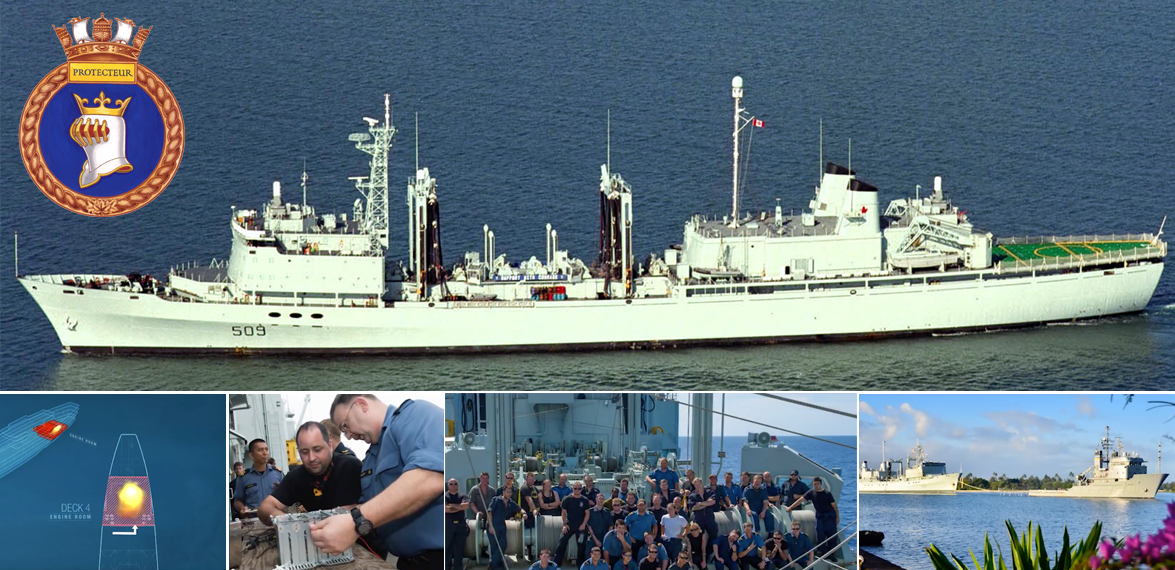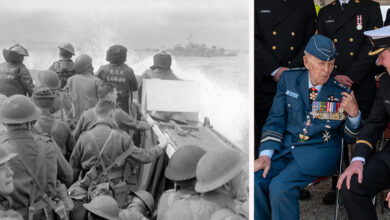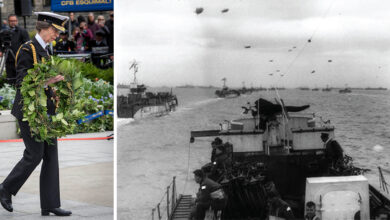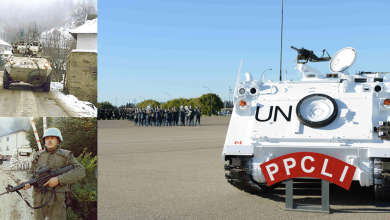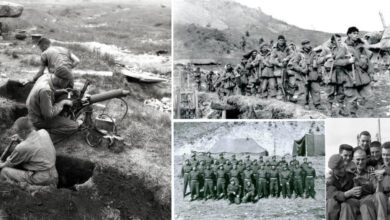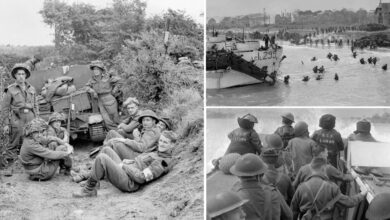History
New video documents HMCS Protecteur engine fire
A recently released video by the Canadian Armed Forces documents the engine room fire on the HMCS Protecteur.
Through interviews with the crew and the Commander of the ship, Canadians can learn about the event, which happened six years about this month.
On February 27th, 2014, HMCS Protecteur suffered a major fire in her engine room. The fire occurred while the ship was 330 miles North East of Hawaii.
Account for people
The fire broke out in the early evening and required a sustained effort throughout the night. At the time the fire was reported, HMCS Protecteur was returning from duties in the Pacific Ocean.
Onboard were 279 crew, 17 family members, and two civilian contractors.
In the video, Commander Julian Elbourne described the events of the night of the fire.
“My priority initially was that we needed to find an account for people. I wasn’t concerned with getting water on the fire. I was concerned for accounting for people,” said Elbourne.
The area surrounding the machinery control room quickly filled with smoke, and with only three breathing apparatus available on the vessel, the crew had to share.
Master Seaman, Richard Souter, described his initial experiences of the fire.
“There was a time where we were buddy breathing. I was making sure the boilers didn’t flame out, more or less, making sure that they were running. Eventually, we blacked out anyway, so I was just a runner at that point.”
Two remaining possible sources of electrical power
With the turbo-alternators in the engine room shut down, there were only two remaining possible sources of electrical power.
One was a diesel generator in the boiler room, and the second was a gas turbine in the forward house.
However, both failed soon after starting, most likely as a result of fire damage to electrical wiring in the engine room. The crew on board were left to fight the flames in the dark.
Fighting flames in the dark
“During that 11-hour period, we had two reflashes of fire, which happens any time you have a fire,” Elbourne explained. “As you knock out the main fire and then oxygen hits you, it produces the reflashes. Those were dealt with very effectively that night.”
He added, “Some of the cablings had melted, and when we put power through those cables, we had another small fire that was effectively dealt with because that space was manned all the time.”
Ship needed to be towed
The effects of the fire crippled the ship, and it had to be towed to Pearl Harbor.
Preparations were made to tow the vessel back to Esquimalt, Canada.
New challenge faced
However, after arriving at Pearl Habour, the Ship’s company faced a new challenge. “[We were] now dealing with a mass casualty situation, but it’s not an explosion, it’s not a fire… it’s emotional,” said Commander Jeff Murray.
Marine Systems Engineering Officer, Lieutenant Commander Chantal Desormeaux, spoke on the aftermath during decompression once the vessel reached Pearl Harbour.
“When you go through something so big, with people that have lost their home because that’s how they saw Protecteur, my biggest concern was their mental health,” said Desormeaux.
She added, “I was trying to spend as much time as the situation gave me to listen to everything that they had to say because making sure that they were ok is something that would last forever.”
Praise for the Crew
The 280 crew members on board were praised by Elbourne for their efforts during the blaze.
“I couldn’t be prouder of the men and women that were on the ship that night,” said Elbourne. “They showed incredible bravery and courage and determination, and worked as a team in perhaps the worst circumstances you can expect at sea, and overcame a huge battle and really fought for themselves, for their shipmates and for their ship.”
HMCS Protecteur was decommissioned the following year, in 2015.


